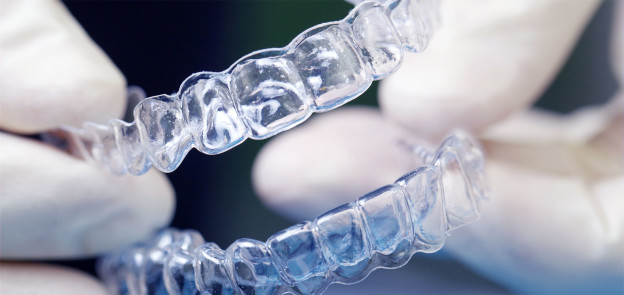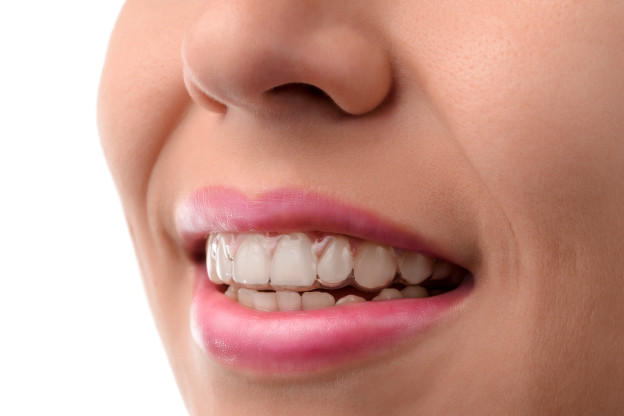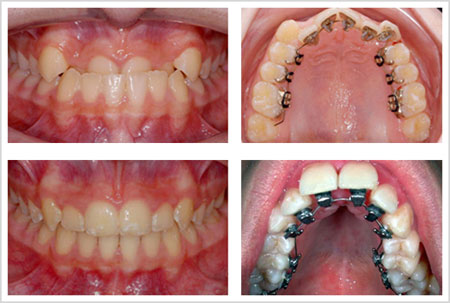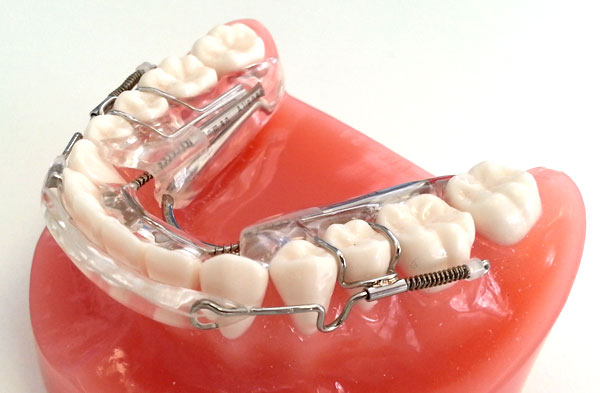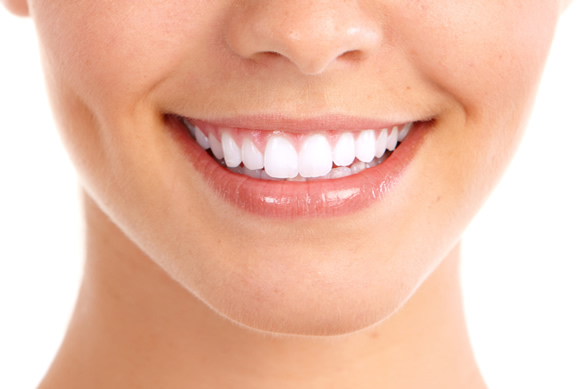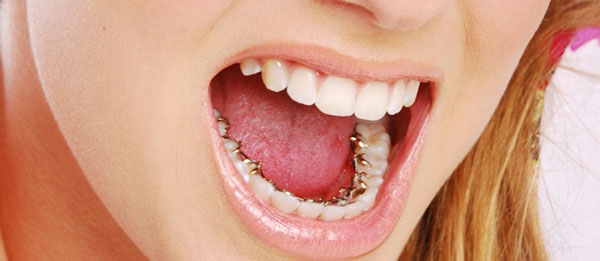With orthodontists in the UK reporting a 75% increase in adults receiving braces, why don’t we see more people wearing them?
The answer?
Because many people are opting for Invisalign. Manchester patients, for example, are choosing more discreet options of teeth straightening such as Invisalign, because it doesn’t disrupt their lifestyle. As a result, clear view braces like Invisalign are a popular choice among patients today. With this in mind let’s dive right in and take a look at the top 10 facts you need to know about this particular brace system.
1. They’re discreet
For many of our patients in Manchester, Invisalign is chosen because they don’t want anyone to know they’re wearing braces. Invisalign works by using a series of clear, plastic aligners that are custom-made and worn over the top of your teeth. Compared to traditional braces using metal wires and brackets, these clear view braces are barely noticeable and most patients can complete treatment without anyone knowing.
2. Easy to maintain
Invisalign is easy to care for and only takes just a few minutes a day to maintain. The aligners have to be removed whenever you eat or drink. During this time, you simply store them in the container provided, or a glass of water in order to prevent saliva drying on them. Each night before bed, simply clean the aligners to keep them looking fresh and clear.
3. It’s affordable
Braces of any kind usually require a financial investment. What’s interesting to note though, is that Invisalign aligners are very similar in cost to conventional metal braces and can be worn from as little as £29 per month. Here at Church Road Dental and Cosmetics, we offer a no-obligation free consultation. This way, you can learn more about Invisalign and decide if it’s suitable for you before committing.
4. Comfortable to wear
Wearing braces shouldn’t have to impact your life. Invisalign aligners are made with comfort in mind so that your life can continue as normal. They’re custom-made and trimmed to your exact gum line, enabling you to comfortably wear your brace for the recommended 22 hours a day without any disruption.
5. Quick Appointments
During your treatment, you’ll need to visit us approximately once every 6-8 weeks so we can give you the next set of aligners and also check the progress of your treatment. With Invisalign, Manchester patients will find that their appointment times are quicker than traditional braces because no adjustments need to be made to wires or brackets. This means less time will be spent in the dental chair means less impact on your schedule.
6. No dietary restrictions
With metal braces, patients are warned to stay away from a few different types of food. This is because they can get caught in the braces, are hard to clean or even damage the wires and brackets. That’s not the case with Invisalign. Manchester patients can continue to enjoy all their favourite food because the aligners are removed when eating and drinking. Of course, it’s still important to brush and floss your teeth after each meal or before inserting your clear view braces again in order to maintain good oral hygiene.
7. Provides great results
We treat many patients who get the results they’ve always wanted with Invisalign. It really works. In fact, from day one it’s boasted a 96% satisfaction rate. It gives people a renewed sense of confidence and happiness in their appearance.
8. Founded in 1997
Align Technology (the company that manufactures Invisalign) was founded back in 1997 by Zia Chishti and Kelsey Wirth in California. Before Invisalign was invented, wearing traditional bracket and wire braces were pretty much the only option available to get straighter teeth.
9. Retention is needed
In order to guarantee a lifetime of straight smiles, you must be committed to wearing a retainer, whether fixed or removable, to hold your teeth in their new position after your treatment is complete. Unfortunately, roughly 25% of patients who’ve worn braces end up undergoing treatment a second time because they failed to wear their retainers as instructed!
10. BPA free
Invisalign aligners and retainers don’t contain bisphenol-A. Instead, they’re made with medical grade polyurethane resins. They pass all the tests for biocompatibility and regulatory requirements which make them totally safe for dental wear.
If you’d like to find out more about clear view braces such as Invisalign, Manchester residents are encouraged to make an appointment with our team here at Church Road Dental and Cosmetics. Remember, if it’s total discretion you’re after, Manchester, Invisalign might just be the option for you. To find out, book an appointment with us by visiting our website www.clearviewbraces.com or contacting us directly on 0161 660 1218.

